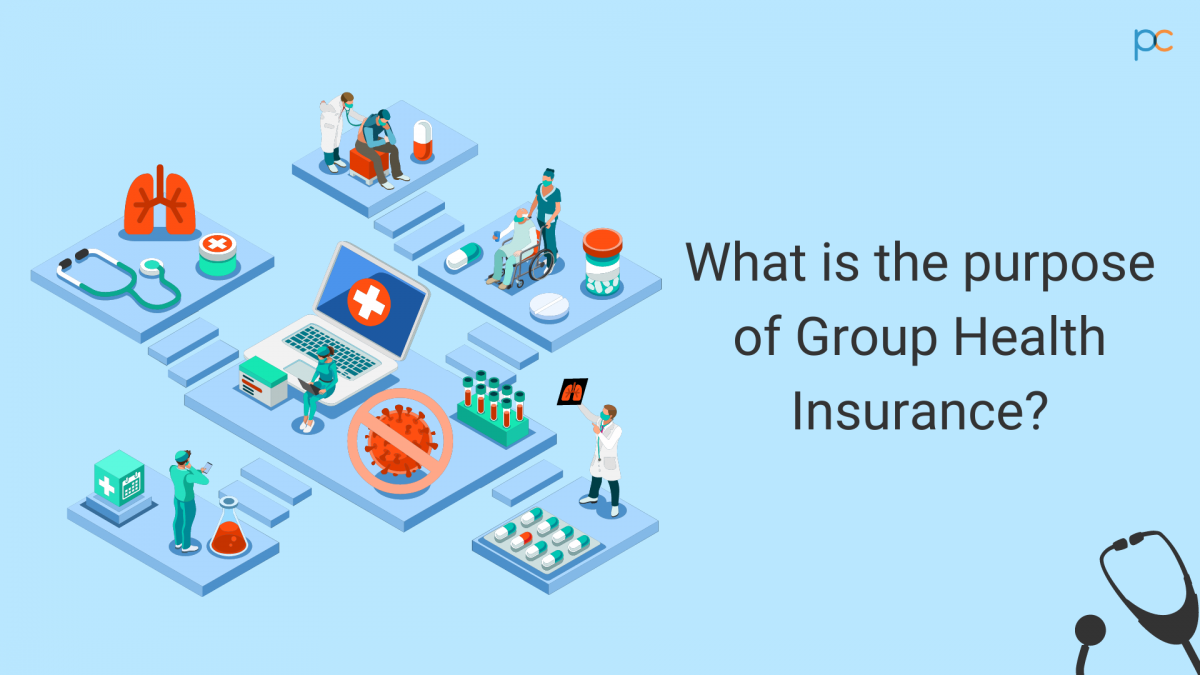The Main Principles Of Pacific Prime
The Main Principles Of Pacific Prime
Blog Article
The 3-Minute Rule for Pacific Prime
Table of ContentsThe Main Principles Of Pacific Prime The Definitive Guide for Pacific PrimeThe Ultimate Guide To Pacific PrimeThe smart Trick of Pacific Prime That Nobody is DiscussingNot known Details About Pacific Prime

This is since the information were collected for a period of solid economic efficiency. Of the estimated 42 million people that were without insurance, just about concerning 420,000 (about 1 percent) were under 65 years of age, the age at which most Americans come to be eligible for Medicare; 32 million were adults in between ages 18 and 65, around 19 percent of all adults in this age group; and 10 million were kids under 18 years of age, regarding 13.9 percent of all children (Mills, 2000).
These estimates of the number of individuals uninsured are generated from the annual March Supplement to the Current Population Survey (CPS), performed by the Demographics Bureau. Unless or else noted, nationwide quotes of people without health and wellness insurance and proportions of the populace with different sort of coverage are based upon the CPS, the most commonly used source of price quotes of insurance protection and uninsurance rates.
Pacific Prime for Beginners

Still, the CPS is particularly useful due to the fact that it produces annual quotes reasonably quickly, reporting the previous year's insurance policy coverage approximates each September, and because it is the basis for a constant collection of price quotes for greater than 20 years, enabling evaluation of trends in insurance coverage over time. For these reasons, as well as the extensive use of the CPS in various other studies of insurance protection that are presented in this report, we count on CPS estimates, with restrictions noted.

The price quote of the variety of without insurance people broadens when a population's insurance status is tracked for several years. Over a three-year period starting early in 1993, 72 million people, 29 percent of the united state populace, were without protection for at least one month. Within a single year (1994 ), 53 million individuals experienced at the very least a month without insurance coverage (Bennefield, 1998a)
6 out of every 10 without insurance adults are themselves used. Functioning does boost the likelihood that one and one's household members will have insurance policy, it is not a guarantee. Even participants of households with two full-time wage income earners have virtually a one-in-ten possibility of being uninsured (9.1 percent uninsured rate) (Hoffman and Pohl, 2000).
The Best Guide To Pacific Prime
New immigrants account for a considerable percentage of individuals without wellness insurance policy. One analysis has associated a considerable portion of the recent development in the dimension of the united state without insurance population to immigrants who got here in the country between 1994 and 1998 (Camarota and Edwards, 2000). Recent immigrants (those that came to the USA within the past 4 years) do have a high price of being uninsured (46 percent), however they visit this site and their kids represent simply 6 percent of those without insurance coverage country wide (Holahan et al., 2001).
The partnership in between health and wellness insurance policy and accessibility to care is well established, as recorded later in this chapter. Although the relationship in between medical insurance and health results is neither straight nor easy, a substantial clinical and health solutions research study literature links medical insurance coverage to better accessibility to care, far better quality, and improved individual and population health status.
Levels of analysis for taking a look at the results of uninsurance. It concentrates especially on those without any type of health and wellness insurance policy for any length of time.
Pacific Prime Can Be Fun For Everyone
The troubles faced by the underinsured are in some aspects comparable to those faced by the without insurance, although they are usually less extreme. maternity insurance for expats. Uninsurance and underinsurance, however, involve noticeably different plan issues, and the approaches for resolving them may vary. Throughout this study and the 5 reports to follow, the major focus is on individuals with no wellness insurance and therefore no aid in paying for health treatment beyond what is available via charity and safeguard organizations
Wellness insurance coverage is an effective variable affecting receipt of care because both individuals and medical professionals respond to the out-of-pocket cost of solutions - https://www.kickstarter.com/profile/pacificpr1me/about. Medical insurance, nonetheless, is neither essential neither enough to get to medical solutions. However, the independent and direct result of medical insurance protection on access to health services is well established.
Others will get the healthcare they need even without health insurance, by spending for it expense or seeking it from companies who provide treatment cost-free or at extremely subsidized rates. For still others, medical insurance alone does not ensure receipt of treatment due to other nonfinancial barriers, such as a lack of health care suppliers in their area, restricted access to transportation, illiteracy, or etymological and social differences.
Pacific Prime - Truths
Official study concerning without insurance populations in the USA dates to the late 1920s and early 1930s when the Board on the Expense of Medical Treatment produced a series of reports concerning funding medical professional workplace visits and hospital stays. This problem ended up being significant as the numbers of medically indigent climbed up during the Great Anxiety.
Report this page